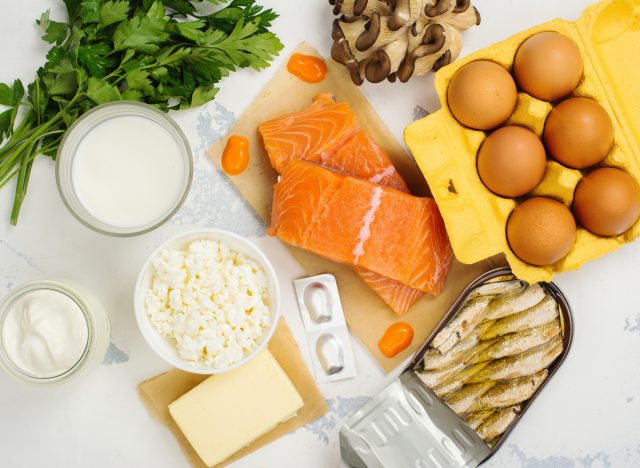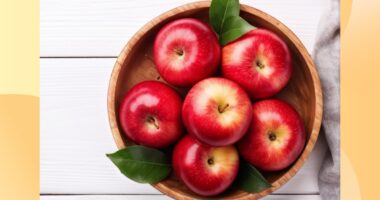Kidney stones may be developed due to your eating and drinking habits. According to the National Kidney Foundation, too little water or too much food with sugar, salt, or fructose can cause kidney stones. A lack of calcium may also lead to the most common type of kidney stone, calcium oxalate. Therefore, it’s important to develop eating habits that help minimize your risk of developing kidney stones.
According to new research published in the Mayo Clinic Proceedings, evidence suggests that diets high in calcium and potassium may help prevent reoccurring symptomatic kidney stones.
For the research, 411 people with medical records of symptomatic kidney stones were observed from January 1, 2009, to August 31, 2018. They all took a questionnaire that compared what the people were eating in their diet that could risk symptomatic kidney stones.
The results showed that those who ate less calcium, potassium, caffeine, and phytate in their diet, as well as drinking less, were all associated with higher odds of a symptomatic kidney stone.
“It is well known that diets rich in calcium and potassium are necessary for adequate health,” shares Amy Goodson, MS, RD, CSSD, LD, author of The Sports Nutrition Playbook. “In fact, these two nutrients are two of the four nutrients of concern for Americans (calcium, vitamin D, potassium, and fiber). This means that people don’t consume enough of them and need to eat more.”
According to Goodson, calcium is essential for bone development, as well as maintaining bone mineral density as you age. Potassium is an important electrolyte and is necessary for proper muscle contraction. Potassium may also help some people with lowering blood pressure.
“Low intake of both of these nutrients over time were associated with a higher risk for kidney stones, furthering the argument that more of these nutrients should be consumed,” says Goodson.
READ RELATED: 70 deaths, 249 hospitalizations tied to failures to properly screen, keep track of donated organs
Goodson further suggests that the best source of calcium in the American diet is dairy foods. Some include milk, cheese, and yogurt. Plus, milk and yogurt are also high in potassium. Other foods high in potassium include potatoes, sweet potatoes, bananas, strawberries, avocado, and beans.
“Adding more of these foods to your diet can help you get in more of these essential nutrients,” says Goodson.


Furthermore, Goodson suggests that most people walk around dehydrated. This may potentially put them at risk for kidney stones if they are prone to them.
“Drinking water and low-calorie fluids is essential for optimal health and lots of processes in the body,” she explains. “Wonder if you are hydrated? Look at the color of your urine; the goal is for it to be pale yellow to clear in color. If it’s apple juice or darker, get hydrating.”
Although detailed information was provided in the research, Goodson points out it’s important to consider one more thing. “It is always important to note that this study was NOT ’cause and effect.’ It was an observational study over time. This means that various habits and patterns are associated together putting people at risk for developing kidney stones,” says Goodson. “In addition, dietary patterns were assessed by food frequency questionnaires, which are not the most accurate assessment.”
Food frequency questionnaires are a gathering of “normal” or “typical” eating behaviors over a period of time. Goodson further suggests that this means that human error can significantly affect the results. The reason? Most people cannot recall all their dietary patterns for years at a time.
Kayla Garritano
Source:










